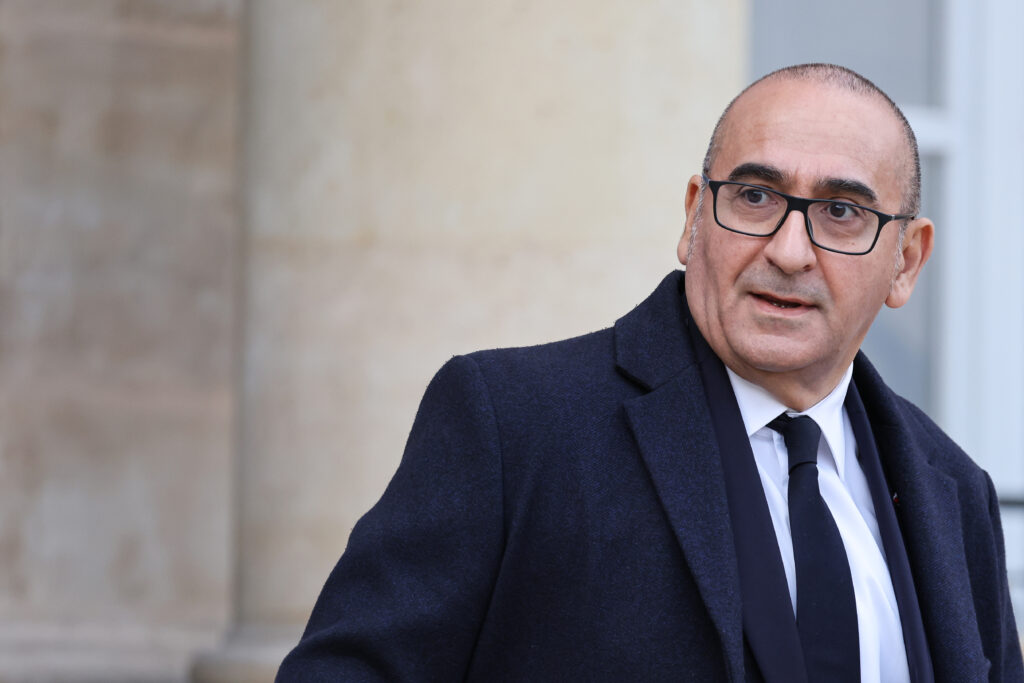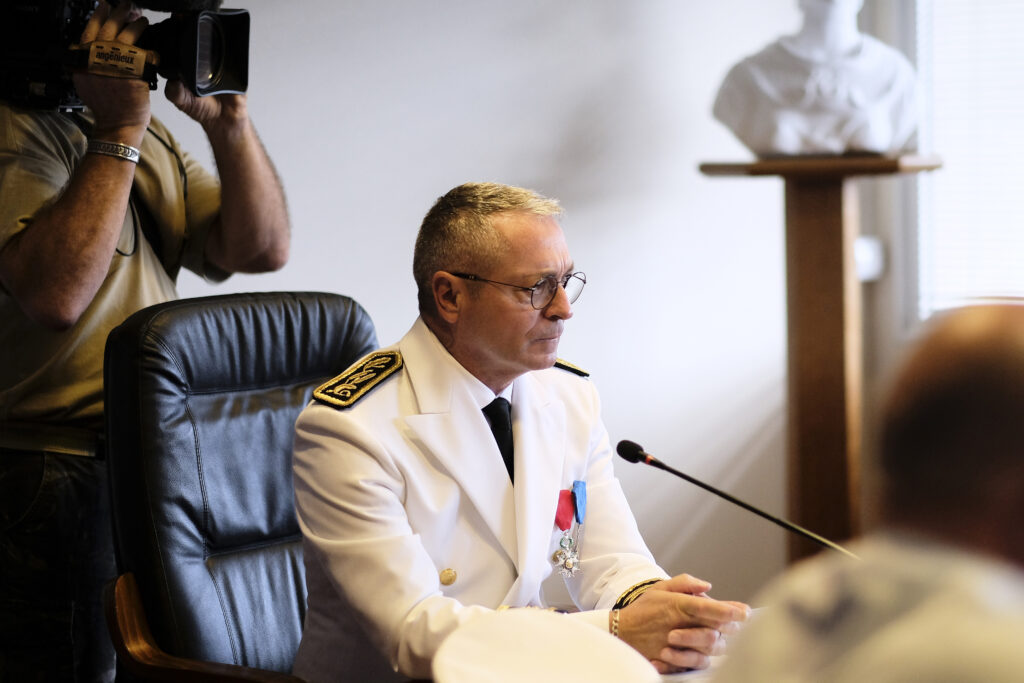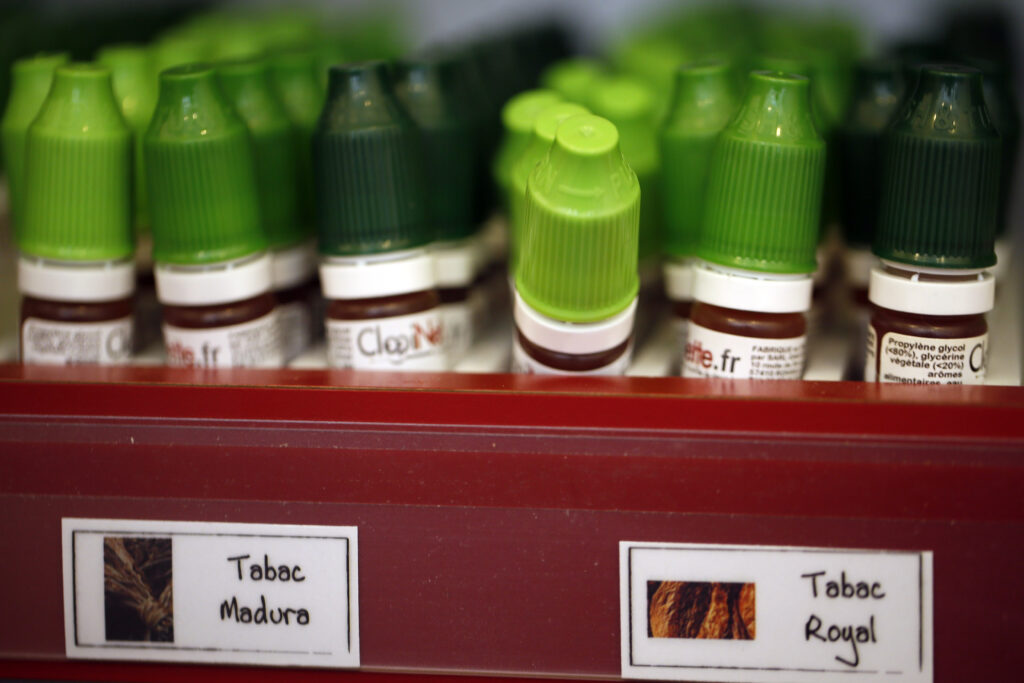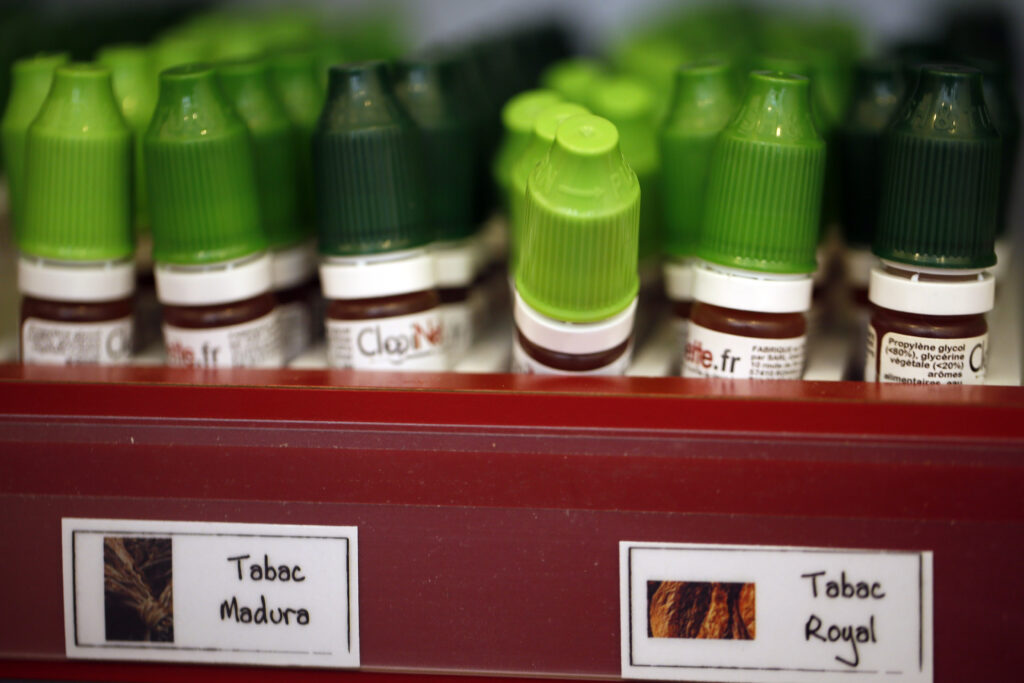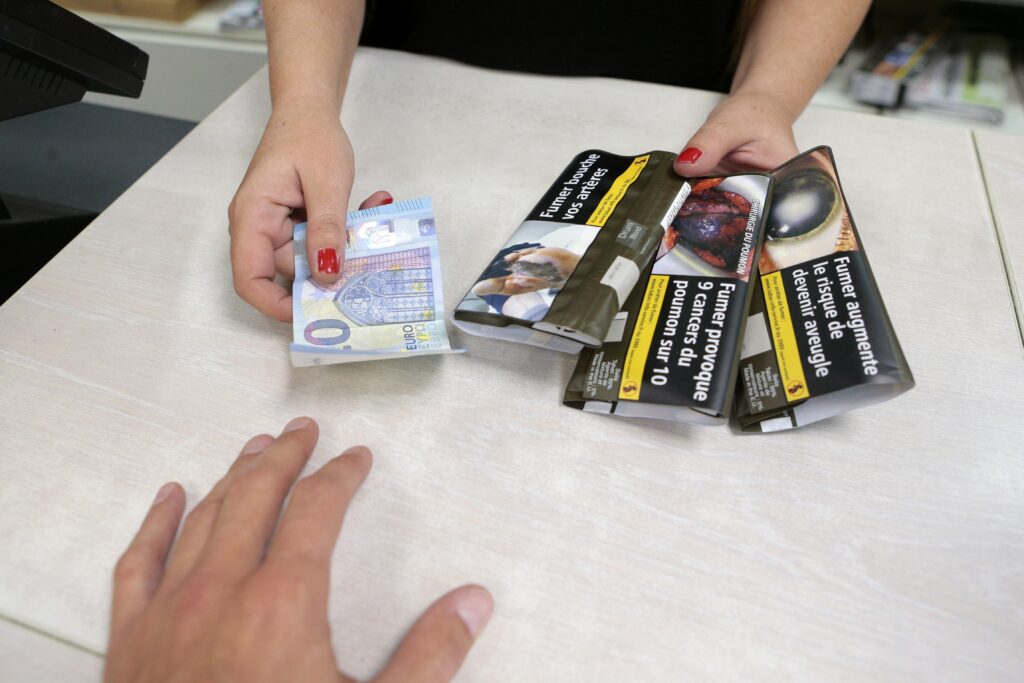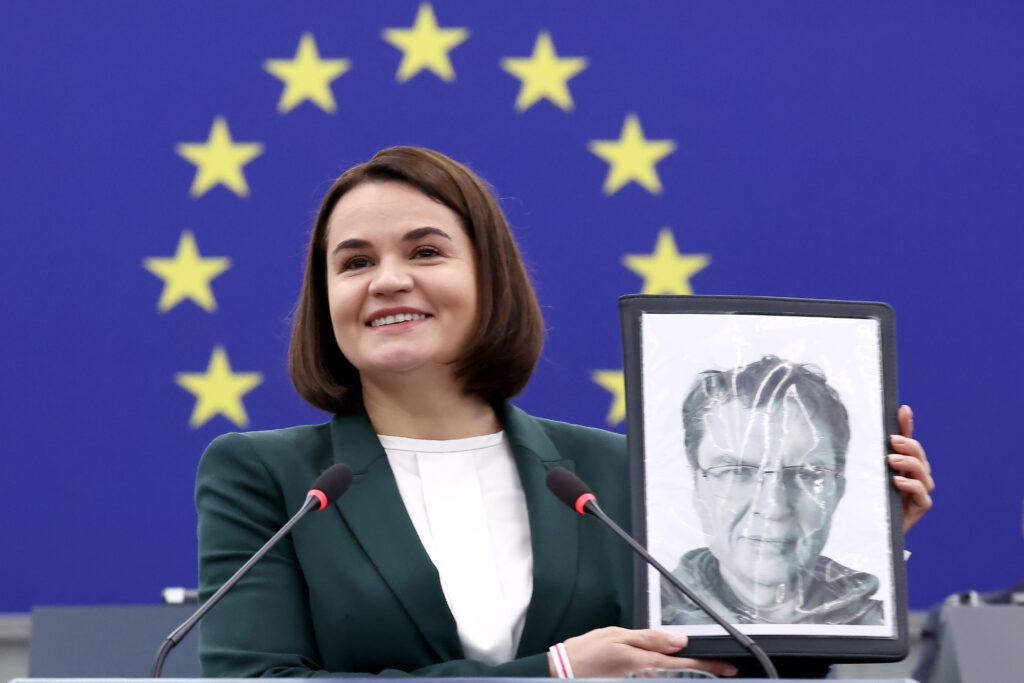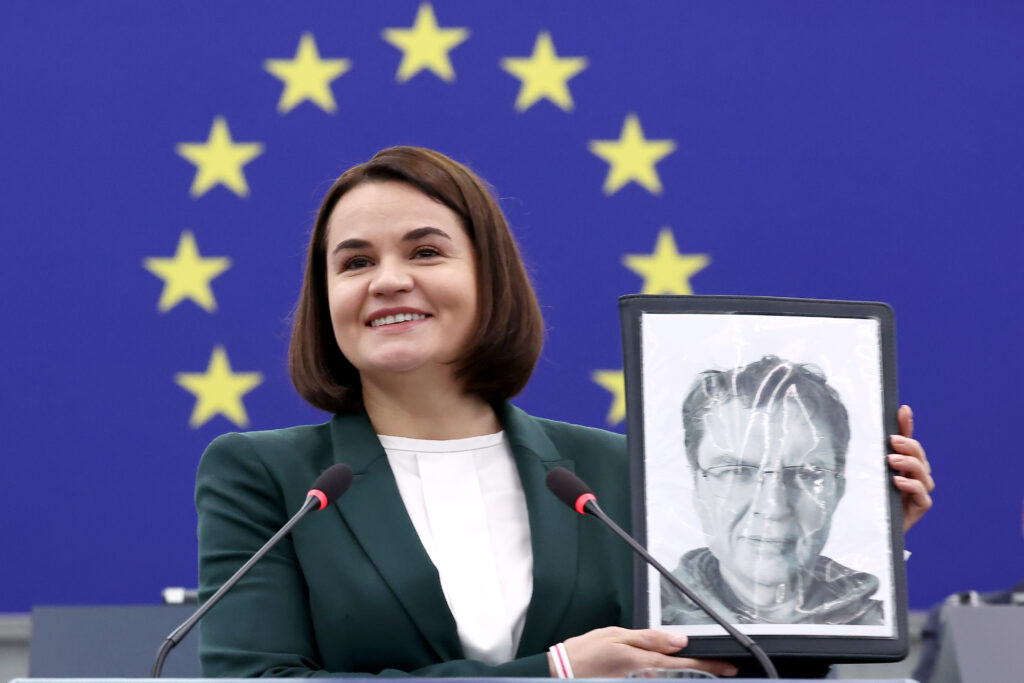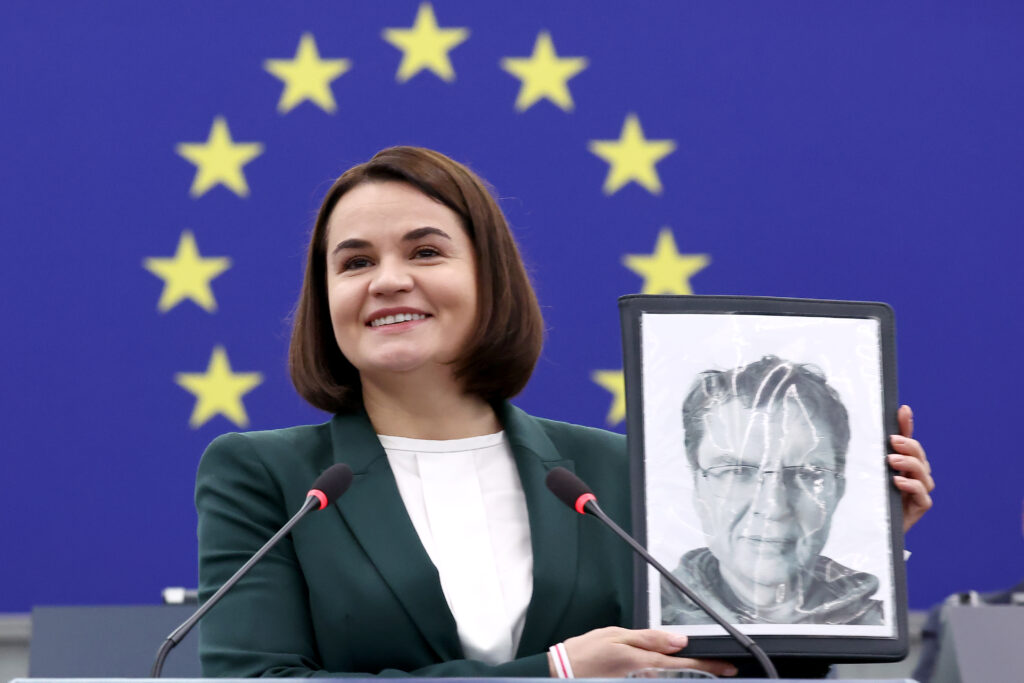Nuñez donne une estimation de 700.000 étrangers en situation irrégulière
Le ministre de l’Intérieur, Laurent Nuñez, a estimé mercredi à 700.000 le nombre d’étrangers en situation irrégulière, en réponse à une demande du président du RN Jordan Bardella, affirmant au passage que le gouvernement était à l’offensive contre l’immigration illégale.Pressé de dire, sur CNews/Europe 1, s’il maintenait une estimation de 200.000 à 300.000 clandestins donnée lundi sur LCI, le ministre a répondu: “Non, non”, “sur une autre chaîne (…) je ne voulais pas donner de chiffre pour ne pas nourrir de polémique, sous-entendant clairement que ce n’était pas le bon”.Le président du parti d’extrême droite a ciblé ces derniers jours Laurent Nuñez, l’ex-préfet de police de Paris nommé à Beauvau, fustigeant son “inaction”. Il lui a adressé une lettre après l’avoir entendu sur LCI “refuser de répondre à une question posée par un journaliste relative au nombre d’étrangers en situation irrégulière”. M. Nuñez a souligné mercredi qu’il n’existe que des estimations. Comme on lui soulignait que l’ancien ministre de l’Intérieur Gérald Darmanin avait parlé en 2021 de 700.000 clandestins, l’actuel locataire de Beauvau a déclaré: “C’est exactement ça. Et puis une autre fois, il a donné une fourchette entre 600.000 et 900.000. Mon prédécesseur (Bruno Retailleau, NDLR) avait parlé d’un demi-million”. “Si on travaille de manière sérieuse, et nous l’avons fait – moi je le connais évidemment le chiffre – si on travaille sur l’aide médicale d’État et qu’on extrapole le nombre, l’estimation d’étrangers en situation irrégulière dans notre pays, elle est de 700.000″, a-t-il poursuivi.”Dans mon esprit, les choses sont très claires, il n’y a pas de difficulté: 700.000 clandestins en France, c’est une estimation. La fourchette de 6 à 900.000 me paraît assez cohérente mais le chiffre de 700.000 l’est tout autant. Mais encore une fois, j’insiste, moi je ne veux jamais qu’on donne l’impression que nous sommes les bras ballants sur ces sujets”.A la question de savoir comment il qualifiait le niveau d’immigration et pourquoi il ne reprenait pas la formule de +submersion migratoire+, le ministre a répondu qu'”il y a un défi migratoire: le contexte climatique, les crises économiques” et qu'”il faut qu’on travaille avec l’Europe pour mieux contrôler nos frontières et qu’on soit plus efficaces sur le territoire national”. Mais “il y a des mots que je n’emploie pas”, a-t-il ajouté, car “systématiquement, quand on va sur ces débats, c’est pour pointer une carence des pouvoirs publics”, qu’il a réfutée.Jordan Bardella s’est ensuite empressé d’accuser sur X le ministre de l’Intérieur de craindre “d’utiliser les mots +assimilation+ et +submersion migratoire+” et “d’établir le lien, pourtant évident et documenté, entre immigration incontrôlée et insécurité”.”Pétrifié par la pensée unique et le qu’en-dira-t-on de la gauche, le ministre de l’Intérieur se condamne à l’impuissance”, a-t-il insisté.Le ministre de l’Intérieur avait déjà été critiqué la veille par la présidente des députés RN, Marine Le Pen, déplorant que celui-ci ait dit vouloir reprendre le dialogue avec l’Algérie. Estimant que le prédécesseur de M. Nuñez “Bruno Retailleau avait au moins le mérite d’un discours offensif”, elle avait affirmé qu’”avec Laurent Nuñez, la capitulation face au régime algérien (…) est désormais pleinement assumée”.Le patron des Républicains, Bruno Retailleau, avait pour sa part jugé que son successeur “a été nommé pour appliquer la politique d’Emmanuel Macron”, estimant que sa décision d’utiliser la diplomatie “est un fiasco et nous payons le prix de notre faiblesse vis-à-vis du régime algérien”.
